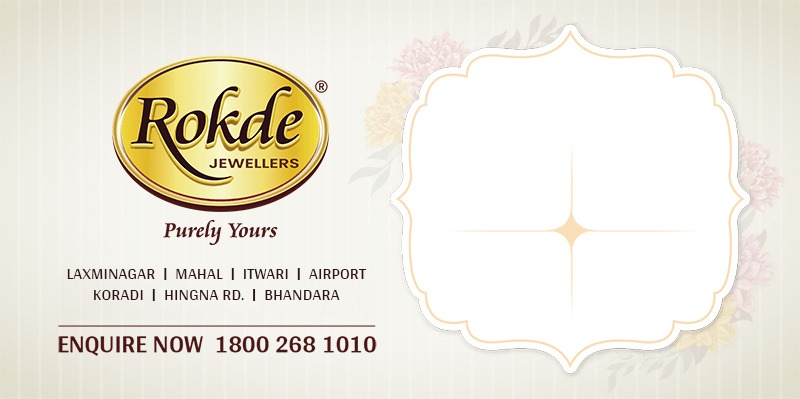
The katana, a traditional Japanese sword, is renowned for its distinctive design, craftsmanship, and cultural significance. It stands out among the world’s many historical swords for several reasons, making it an object of fascination and admiration. This article will explore what sets the katana apart from other swords and delve into the unique attributes that contribute to its legendary status.
The Craftsmanship of the Katana
The katana’s unique qualities begin with its construction. Traditional katanas are forged using a meticulous process that involves folding and hammering high-carbon steel to remove impurities and create a blade with a strong, yet flexible, structure. This technique, known as tamahagane, produces a blade with a beautiful layered pattern, indicative of its superior quality.
The blade is then differentially hardened using a clay tempering process, resulting in a hard edge and a softer spine. This differential hardening is crucial for creating the katana’s characteristic curvature and its ability to retain a sharp edge while absorbing impacts. The final steps of polishing and sharpening bring out the blade’s distinctive appearance and functionality, making each katana a unique work of art.
The Design and Structure
One of the most noticeable differences between the katana and other swords is its curved, slender blade. This design allows for faster, more fluid movements, making the katana exceptionally effective in combat. The curvature is not just aesthetic; it enhances the cutting ability of the sword, allowing for precise and powerful slashes.
In comparison, European swords, such as the longsword, typically feature straight, double-edged blades designed for both cutting and thrusting. The weight and balance of these swords differ significantly from the katana. Longswords are often heavier and require a different technique, emphasizing strength and leverage over the katana’s speed and precision.
Cultural and Symbolic Significance
The katana is deeply embedded in Japanese culture and history. It is more than just a weapon; it is a symbol of the samurai’s honor, discipline, and skill. The samurai, Japan’s warrior class, regarded their swords as extensions of their souls, a belief that elevated the katana to almost mythical status. This cultural reverence is reflected in the sword’s design and the rituals surrounding its creation and use.
European swords also hold cultural significance but are often associated with the broader context of chivalry and knighthood rather than the intensely personal connection seen with the katana. The European knight’s sword was a tool for combat and a symbol of noble status, but it did not carry the same intimate spiritual weight as the katana did for the samurai.
Combat Techniques and Usage
The katana’s design is optimized for a specific style of combat that emphasizes swift, decisive movements. Samurai training focused on iaijutsu, the art of drawing and striking in one fluid motion, which leveraged the katana’s sharpness and balance. This technique is vastly different from the fencing and dueling styles associated with European swords, where the emphasis was often on thrusting and parrying.
The katana’s unique qualities also extend to its grip and handling. The long handle, or tsuka, allows for a two-handed grip, providing greater control and power. This contrasts with the shorter handles of many European swords, which are typically used with one hand, paired with a shield for defense.
Modern Appreciation and Legacy
Today, the katana continues to captivate sword enthusiasts and collectors worldwide. Its elegance and historical significance make it a prized possession. Websites like www.truekatana.com offer a wide range of authentic and replica katanas, allowing modern admirers to own a piece of this legendary tradition.
The katana’s influence is evident in popular culture, from samurai films to video games and anime. Its iconic shape and the values it represents resonate with people, keeping the spirit of the samurai alive in contemporary times. In contrast, while European swords also appear in modern media, they often do not carry the same level of mystique and romanticism as the katana.
Conclusion
The katana stands out among the world’s swords for its exceptional craftsmanship, unique design, and profound cultural significance. Its curved blade, intricate construction, and association with the samurai’s honor and discipline make it a truly unique weapon. While other swords, such as European longswords, have their own strengths and historical importance, the katana’s blend of form, function, and symbolism sets it apart.
For those interested in exploring the legacy of the katana, TrueKatana provides a gateway to understanding and appreciating these magnificent swords. Whether for collection, study, or practice, the katana remains a timeless emblem of Japanese culture and martial prowess.














